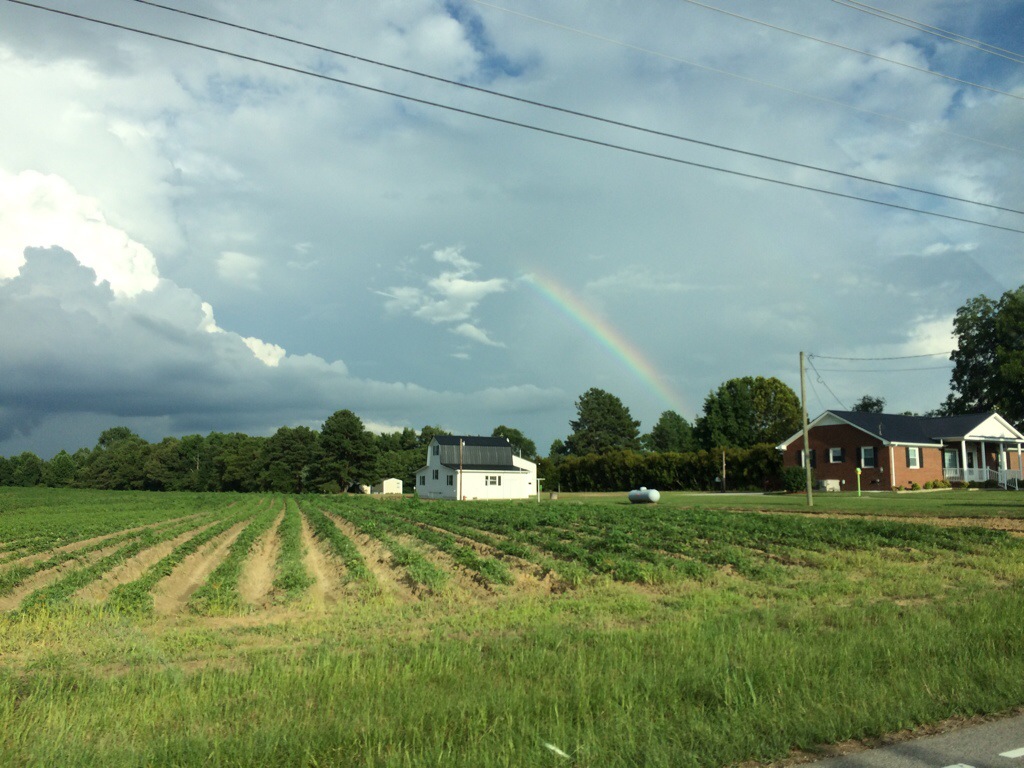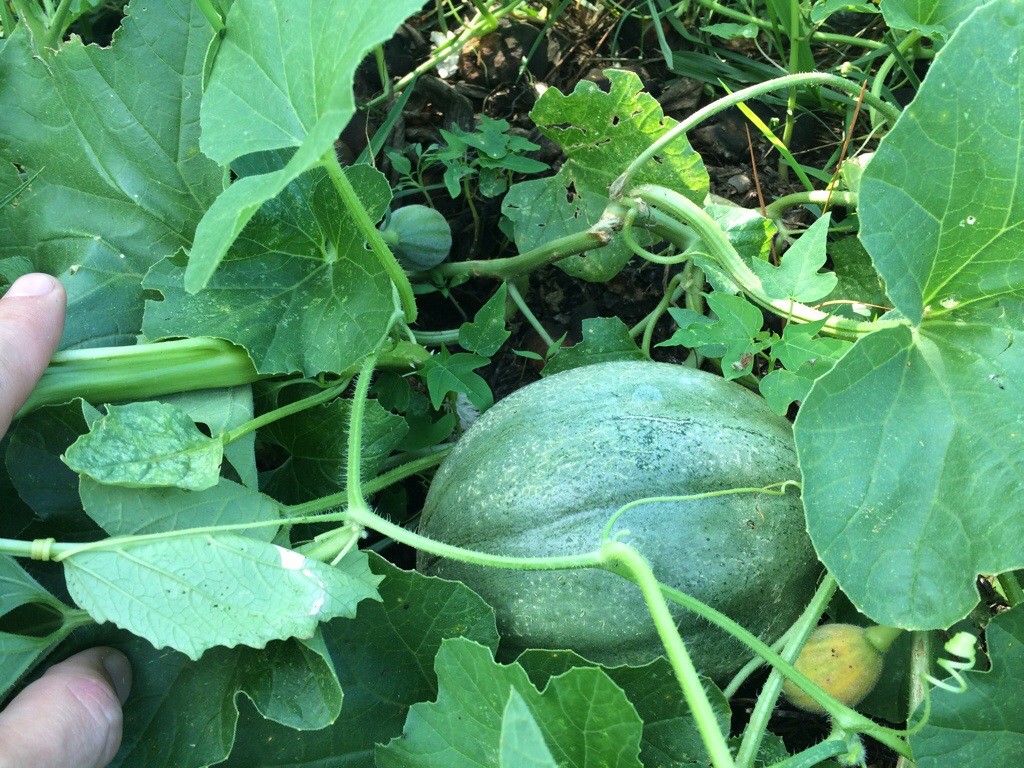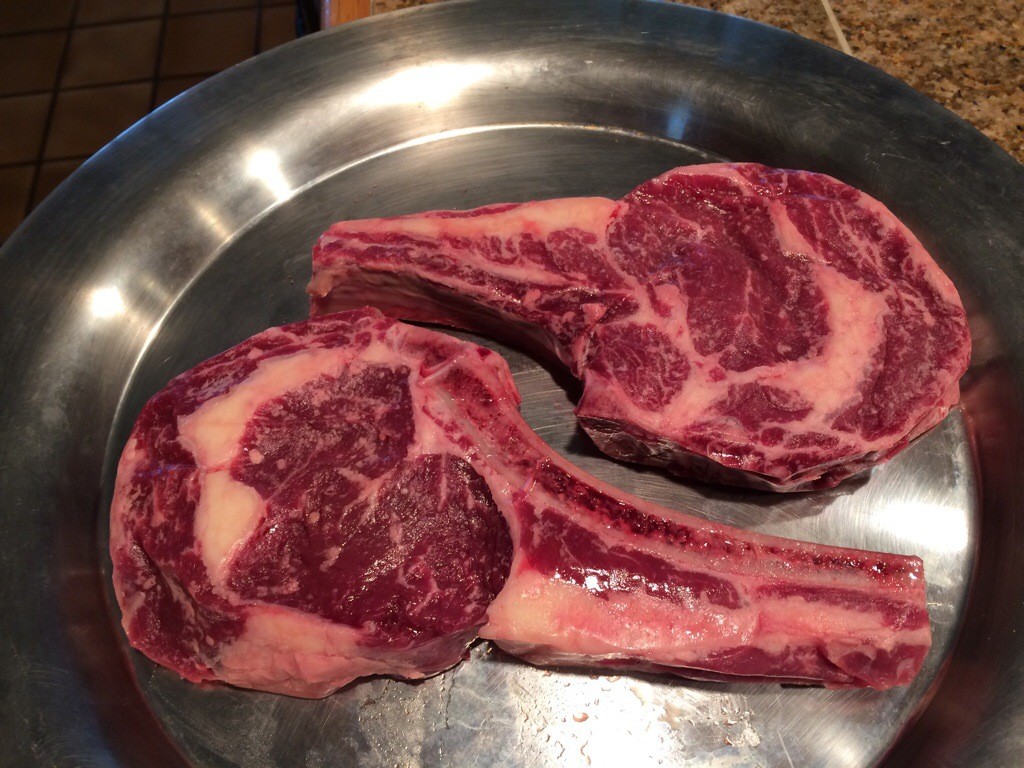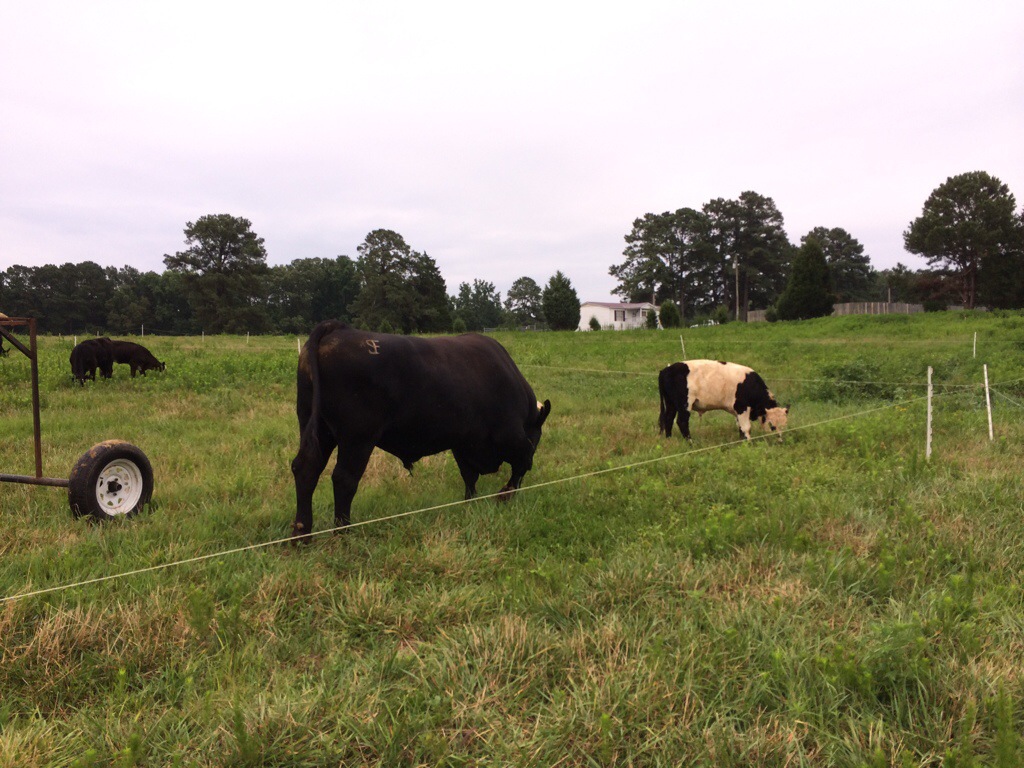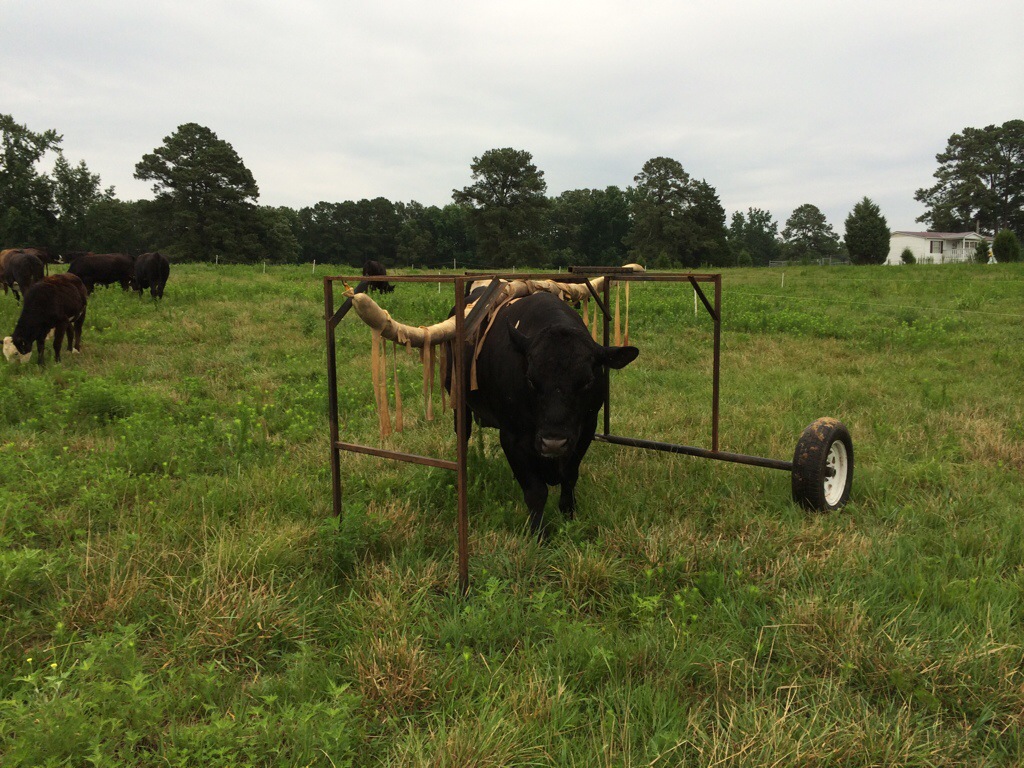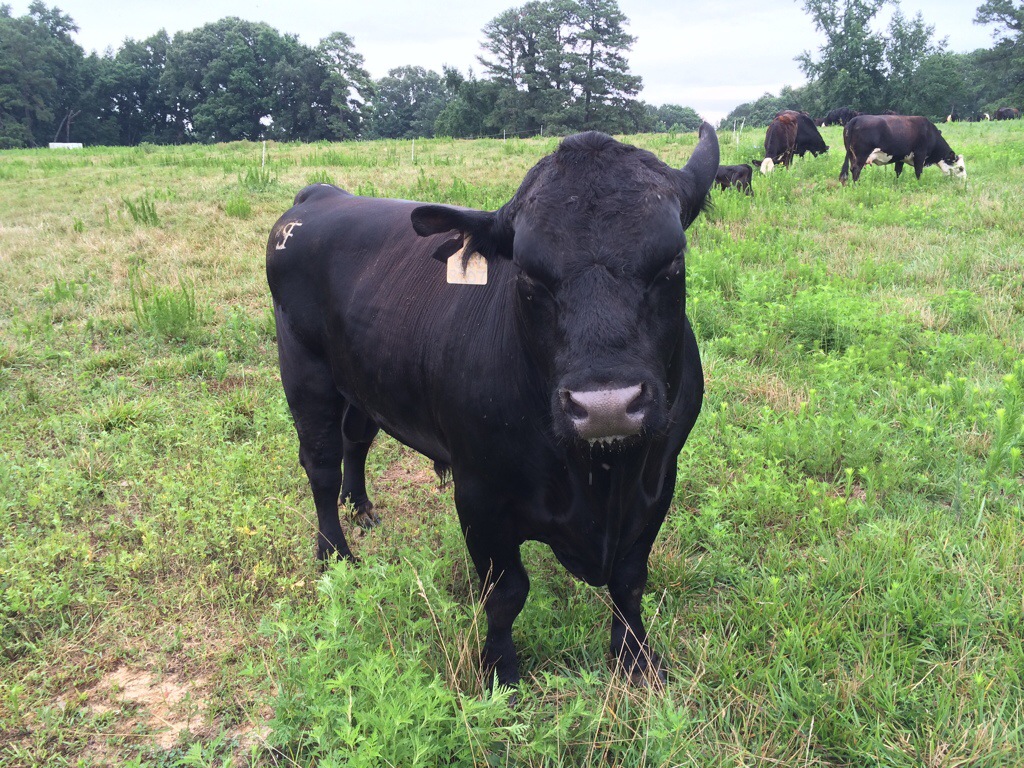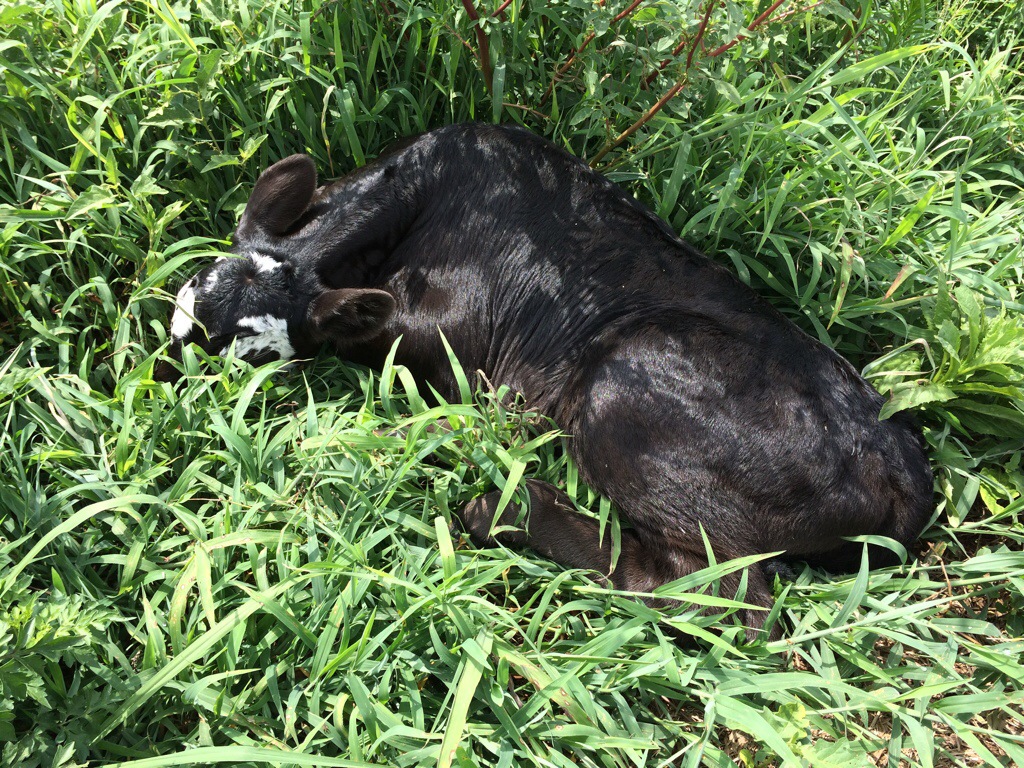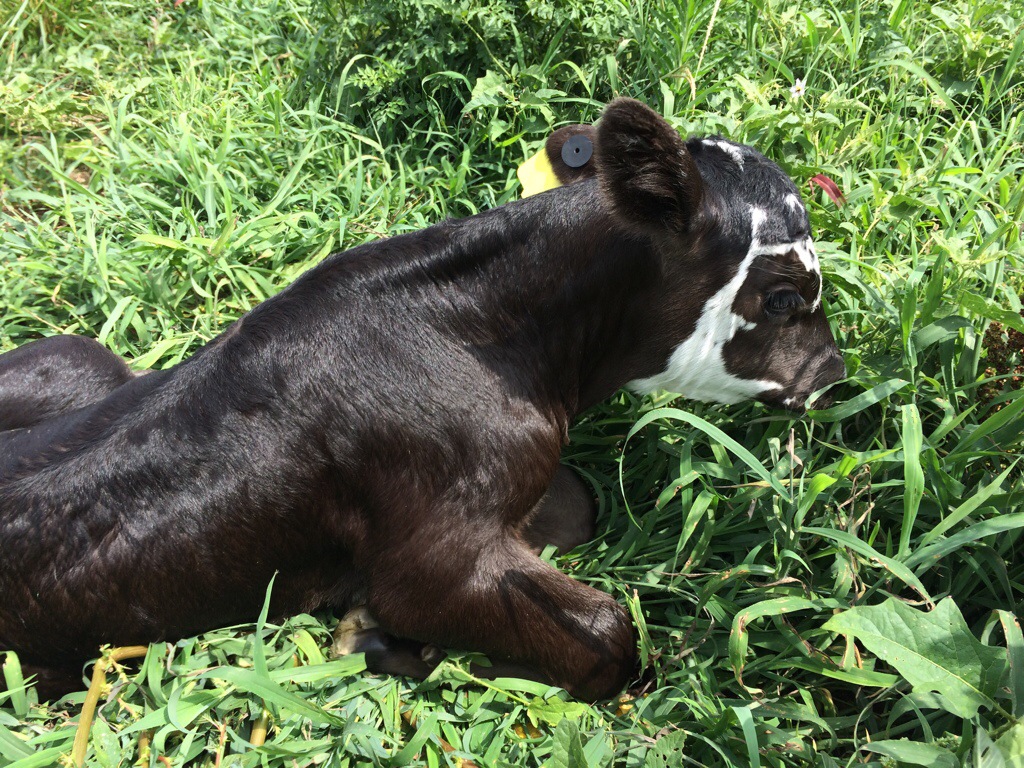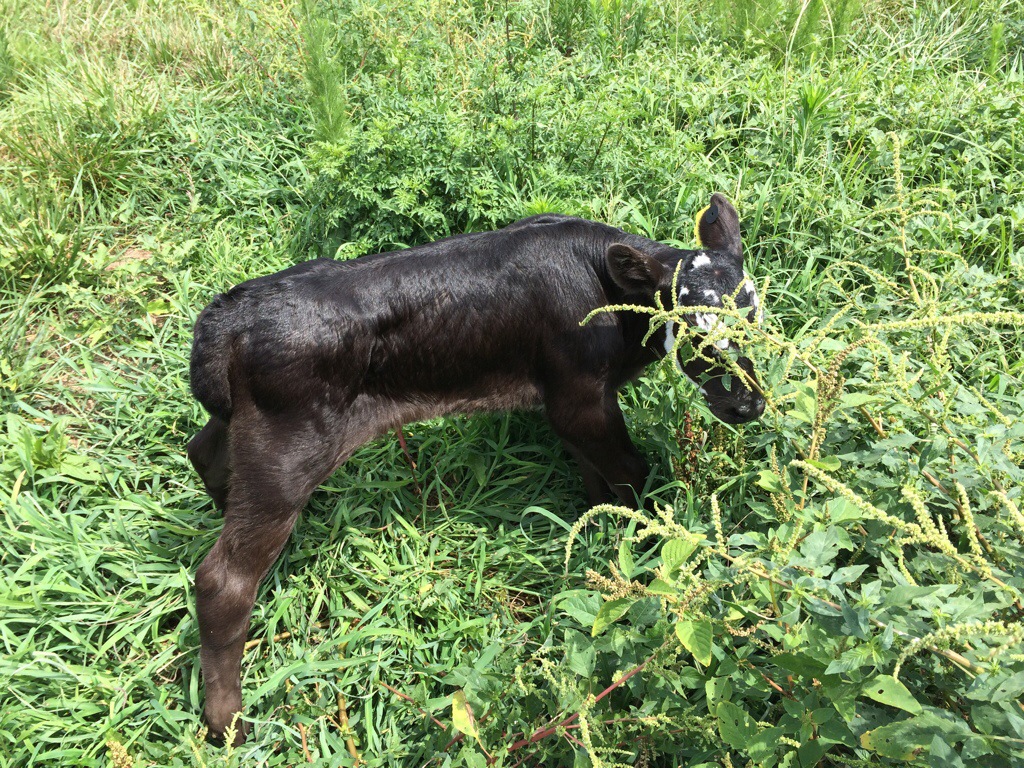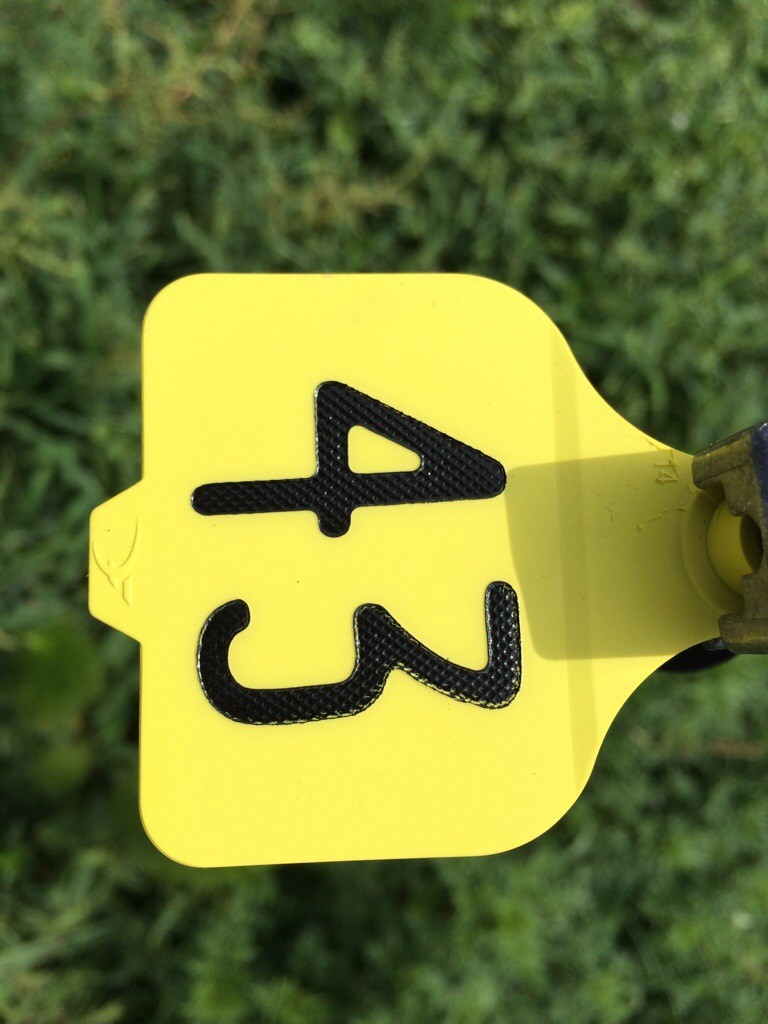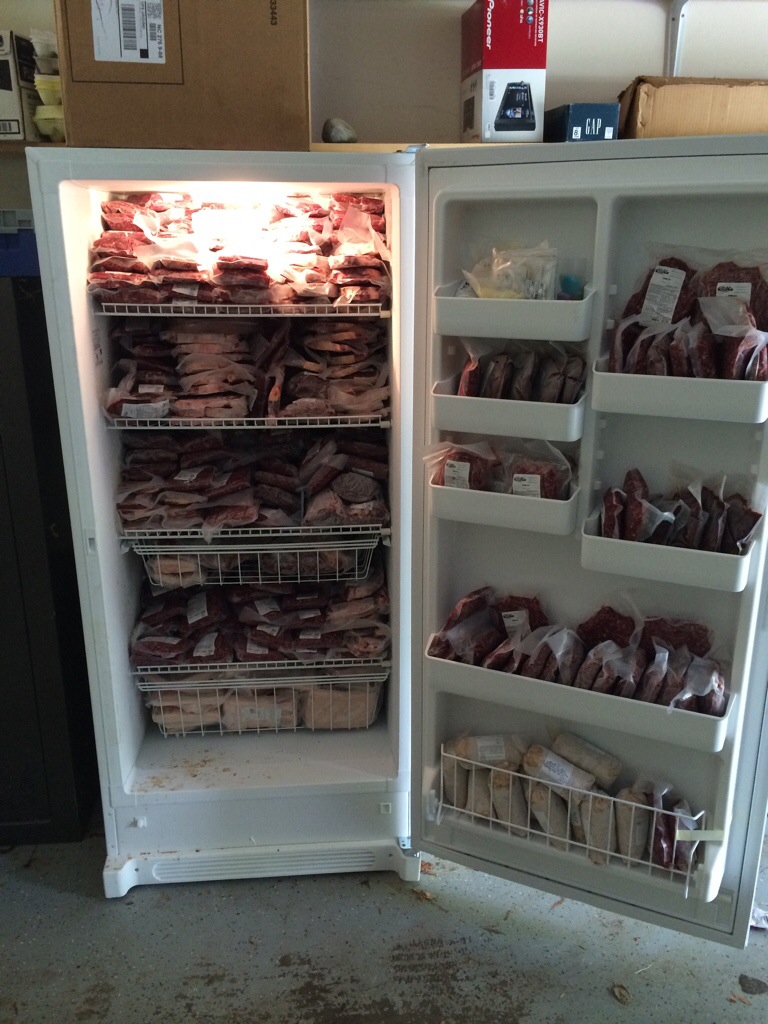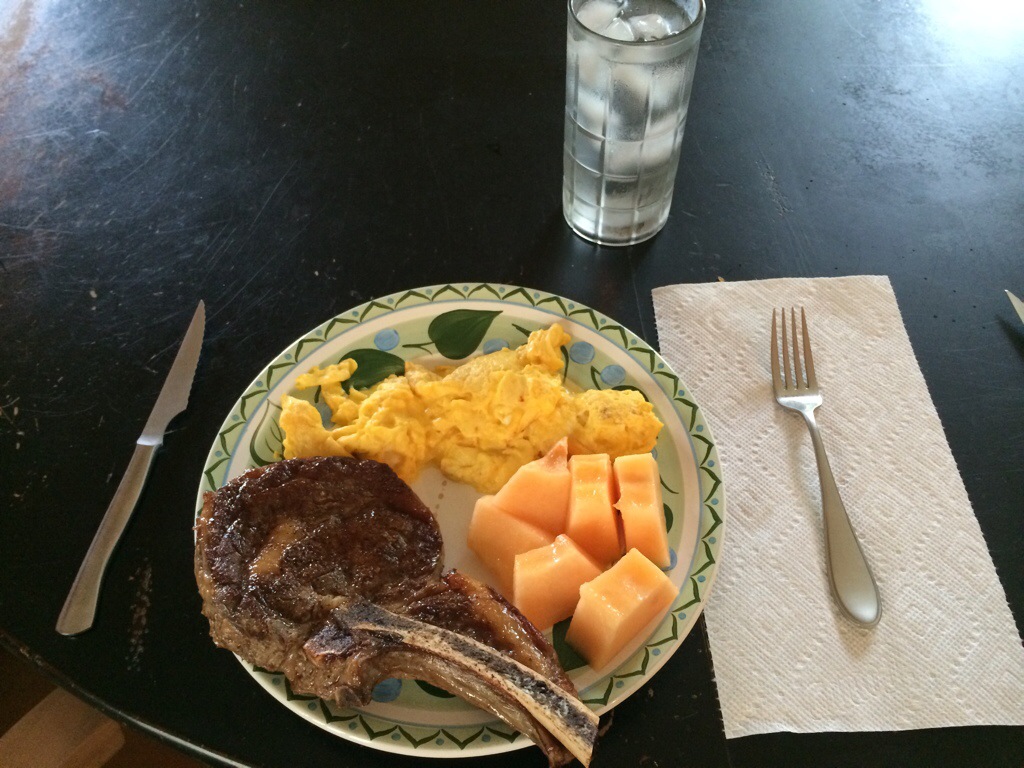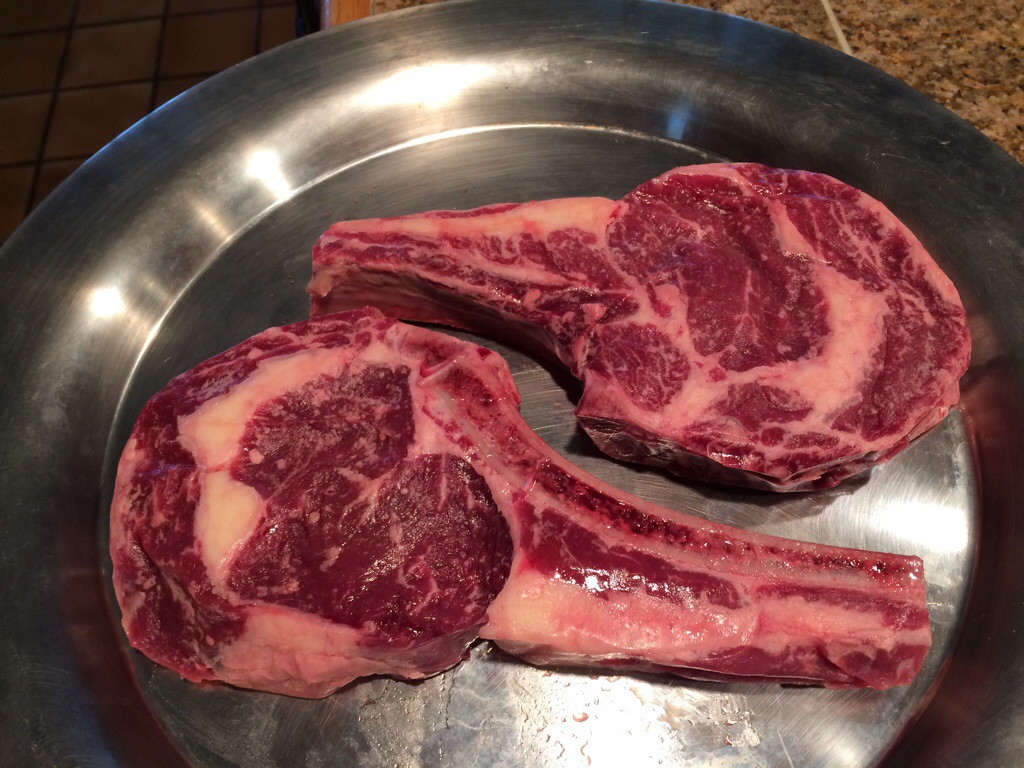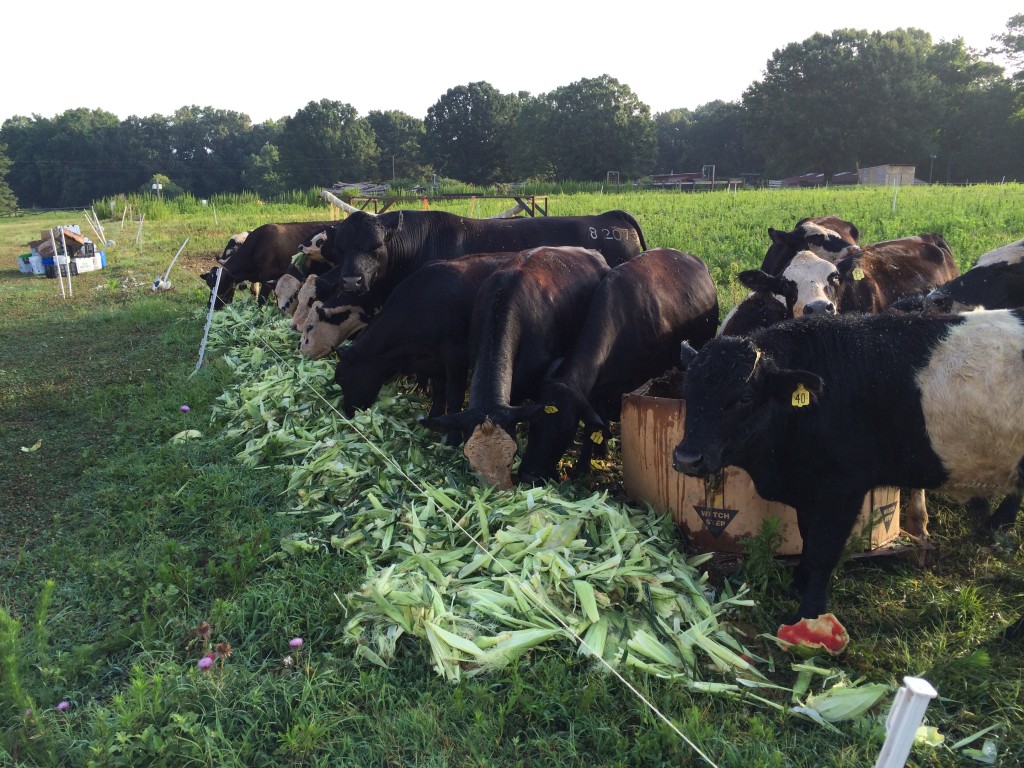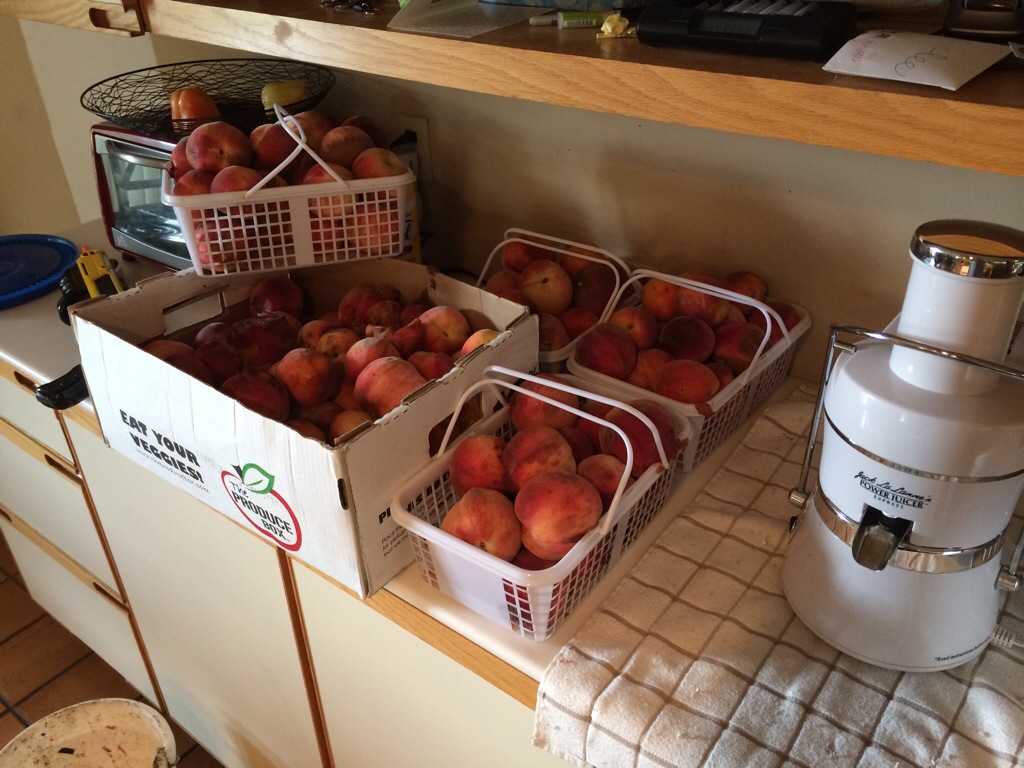
One of my farmer friends caught up to me on Saturday when we were at the market. He had some extra peaches, bruised but otherwise ok, that he wanted me to take. Of course he wanted them turned into something palatable and drinkable. I was happy to oblige since just like Vegas, the house always wins. He’ll get some alcohol but I’ll get plenty for doing the work. For my part, I’ll have mostly labor in this project with very little cost.
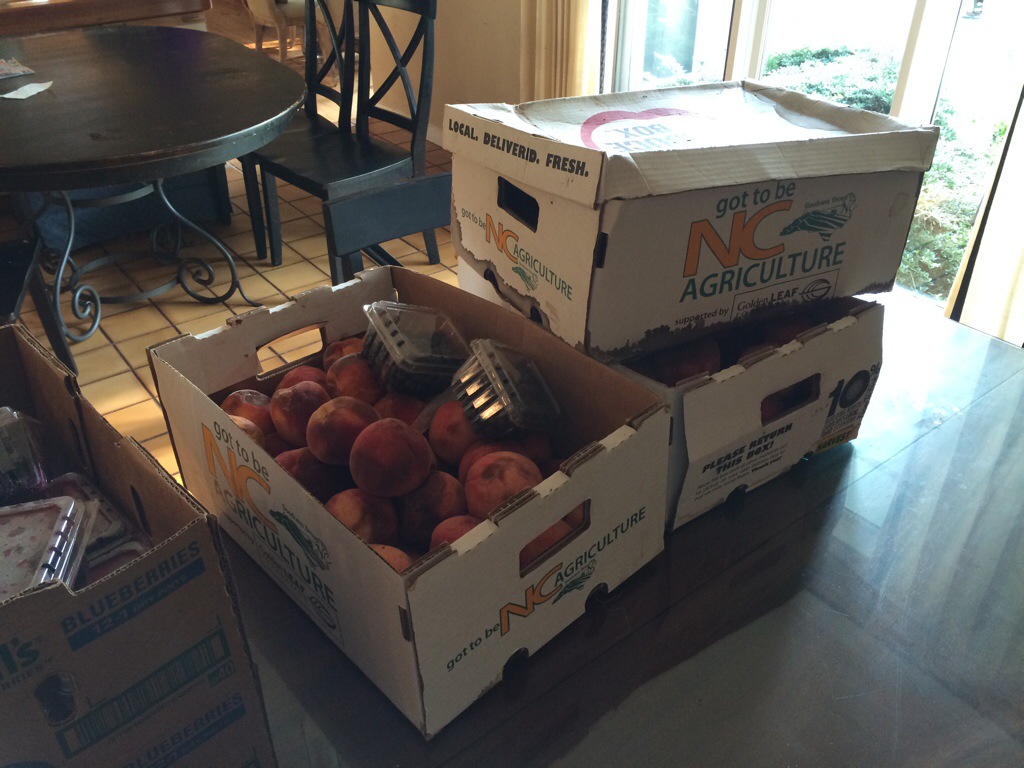
This is the other half of the peaches. Probably about 85% of the peaches were usable. They were super ripe so there were a number of peaches on the bottoms that were squished. We didn’t waste those peaches, we just made the pigs happy with them.
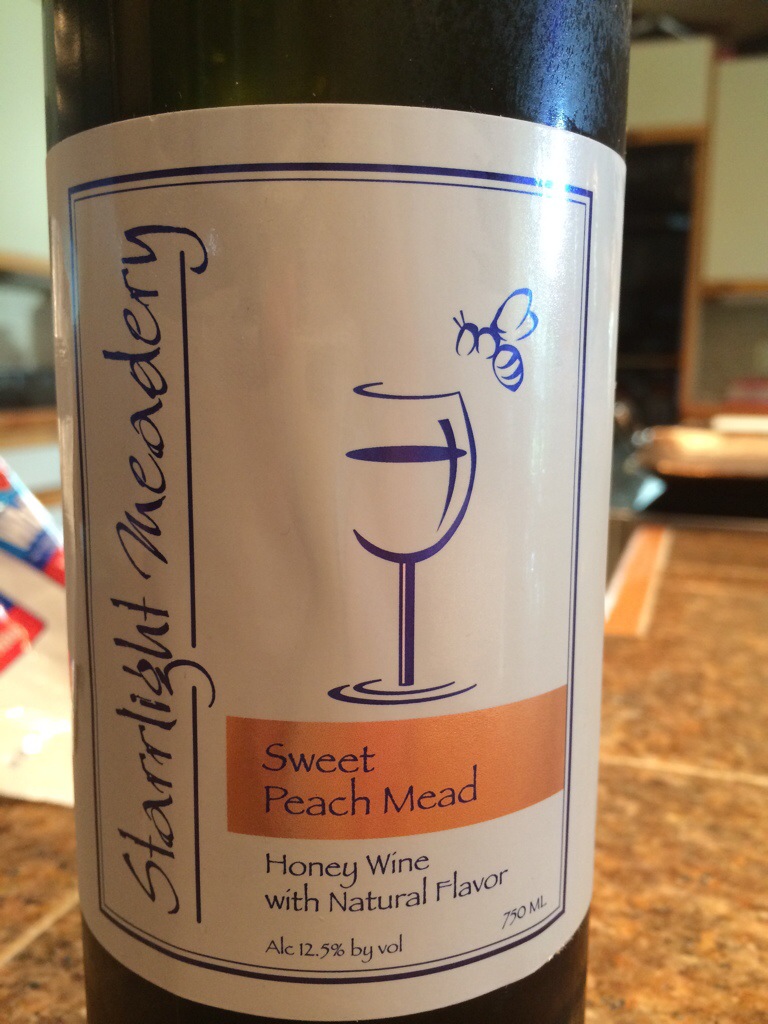
I just happened to have some peach mead from Starrlight Meadery in Pittsboro, NC in the cooler. What could be better to have on a day you are cooking up some booze than some appropriate booze made by professionals. What, you haven’t had mead? You don’t know what it is? This is a problem, one you should rectify as quickly as possible. How about a wine that is older than agriculture? Pittsboro isn’t that far, take a drive and visit Starrlight for a tasting. You’ll be glad you did.
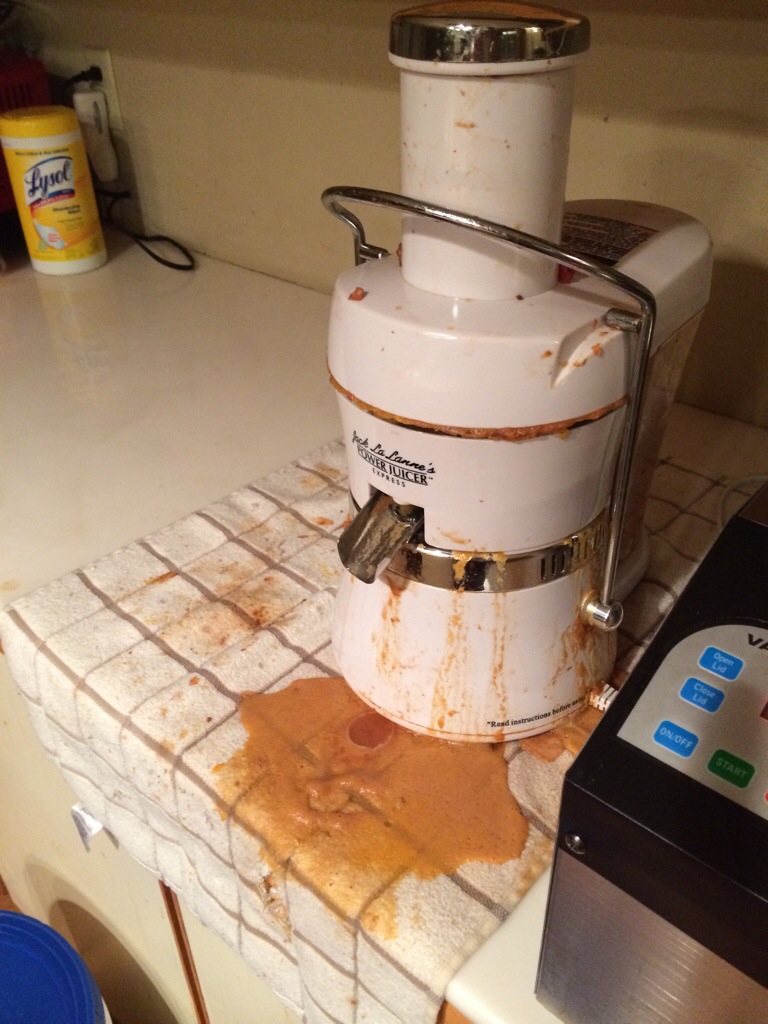
Normally when making something fermentable the instructions are to mash the fruit and put it into a primary fermenter with a strainer bag. Then every day you open the container, punch down the raft of fruit that floats to the top, and reseal. SWMBO had bought a juicer some time back and I thought I’d give it a try. Turns out it works wonders. Unfortunately, it does have a hard time keeping up with my volume levels. After 8 gallons of juice, it was a bit worse for wear. Not to worry though, it cleaned up in just a few minutes.
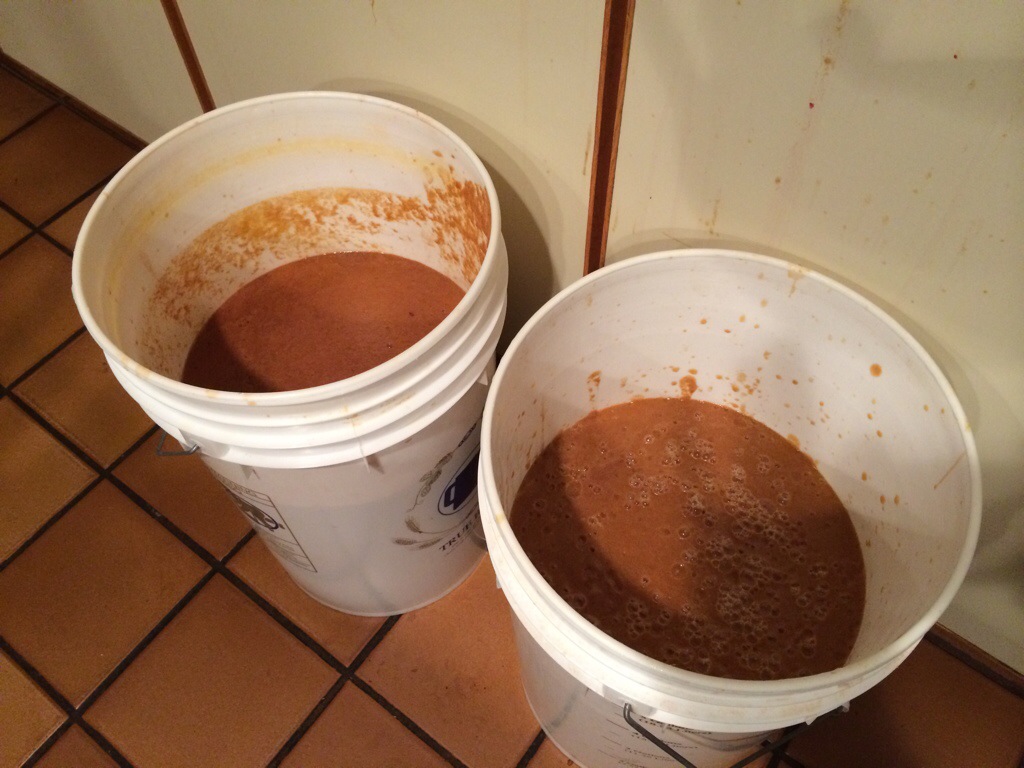
The end result. 4 gallons of juice per bucket. This was the primary product, I then added 5 pounds of sugar per bucket, champaign yeast, and water to top off. The specific gravity before I closed it up was 1.12. Everything is percolating happily at the moment, unlike this morning when I found one of the air locks had clogged with peach sediment and the primary fermenter was blown up like a balloon. I’d say it was about 2 hours from blowing its top and blowing sticky peach juice all over the kitchen.
Fortunately I checked the buckets first thing and found the problem. Therefor I get to sleep in the house tonight and not the dog house.
